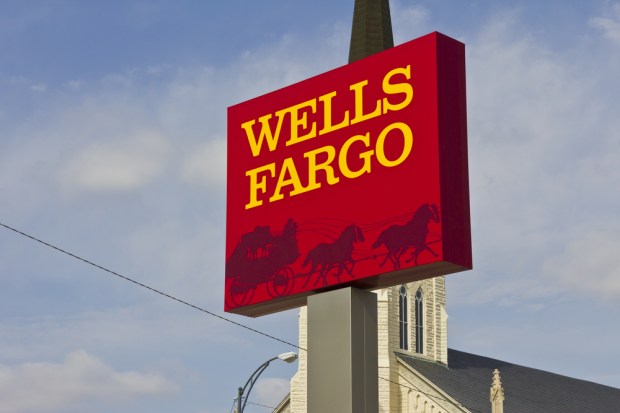Why Wells Fargo’s Fake Accounts Didn’t Pay Off

Wells Fargo recently found itself in hot water for creating bogus bank accounts for its customers and now has to pay a $185 million fine to settle the charges.
But one analyst is arguing that the unethical customer conduct that bank has been charged with — opening 1,534,280 unauthorized deposit accounts, allowing it to accrue a total of $2 million in fees — wasn’t even worth the damage to the financial institution’s reputation.
According to an investigation by the Consumer Financial Protection Bureau, Wells Fargo employees not only made fake deposit accounts but also submitted 565,443 unauthorized credit card account applications on behalf of unknowing customers. It’s estimated that 14,000 of those accounts accrued $403,145 in fees. Through its own independent investigation, the bank discovered a total of $2.6 million in unauthorized fees.
Forbes reported that a new analysis from CLSA Analyst Mike Mayo found that Wells Fargo could have made just as much money from one 0.25 percent interest rate hike by the Federal Reserve as it did through its illegal sales tactics.
“We estimate that one 25 basis point rate hike would equate to revenue equal to 2.5 million new accounts at fully profitable Wells levels, or better than the 2 million new unauthorized accounts, even if they were at the Wells profitability levels,” Mayo wrote.
“These unauthorized accounts were mostly inactive — 95 percent of the 2 million accounts did not have fees — which may have temporarily helped the 5,300 employees who were fired,” he continued, “but it hurt results at Wells.”
Of the $185 million in penalties the bank has agreed to pay, $100 million is going to the CFPB and clocks in as the largest fine ever imposed by the regulatory agency.
However, Forbes pointed out, the settlement is just 3.3 percent of the $5.6 billion in net income Wells Fargo reported as Q2 earnings this year.
Mayo’s analysis said that the $2.6 million in fees equals to $25 per unauthorized account with a fee that the bank made. On the legitimate deposit and credit card fees the bank accrues from its 21 million households, he said that Wells actually makes 20 times more of the amount it gained from fees per fraudulent account.
“For each 100 basis point rate increase, Wells’ net interest income increases by an estimated $1.7 billion, given a 2–5 percent benefit to net interest income, which equates to 1.7 million new households and 10 million new accounts,” he explained, assuming an average of six accounts per household.
